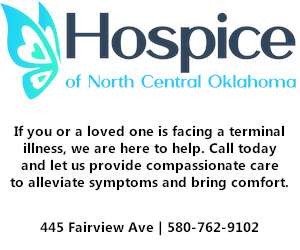Oklahoma is facing a quiet but devastating crisis: the state ranks among the top ten in the nation for suicide, with about two Oklahomans dying by suicide every day.
Over the past decade, the state’s suicide rate has grown faster than the national average, affecting families, communities, and workplaces across Oklahoma.
Why is Oklahoma so high?
“Suicide is an incredibly complex issue,” says Zach Wyckoff, executive director of the Healthy Minds Policy Initiative. It’s not just about mental health—economic pressures, relationship conflicts, and social isolation all play a role.
- Middle-aged men are the most affected, partly due to higher gun ownership and cultural stigma around seeking help.
- Teenage girls are increasingly showing up in hospitals with suicidal thoughts and attempts, signaling that youth mental health is also at risk.
“Suffering is universal—but the ways it shows up are different for each group,” Wyckoff explains.
Treatment Gaps and Opportunities
Even with a robust mental health system, gaps remain. About 40% of Oklahomans who die by suicide with a mental health condition were not receiving treatment at the time. Wyckoff emphasizes that mental health should be screened like physical health, saying,
“Half of people who die by suicide had seen a primary care doctor in the last month of their life. Early detection could save lives.”
Cultural Factors and Connection
Men face unique risks because stigma discourages them from seeking help. Community connections—faith groups, volunteering, and friendships—can significantly reduce risk.
“Being part of being human is having relationships,” Wyckoff says.
Leading Causes
Firearms remain the leading method of suicide, followed by suffocation. But underlying causes include:
- Isolation and lack of purpose
- Economic stress and job loss
- Relationship conflicts
- Chronic illness or aging
- PTSD and other challenges among veterans
“We can prevent suicide. We just have to find the right avenues and put them into action,” Wyckoff says.
Stigma Is Changing
The pandemic helped reduce stigma around mental health. More people are now willing to talk about anxiety, depression, and stress, opening the door for earlier intervention and policy changes.
A Message of Hope
If you or someone you know is struggling, help is available. Call or text 988, reach out to a friend, or connect with a trusted resource.
“It’s hard to see the light when you’re in the dark—but recovery is possible,” Wyckoff says.
























